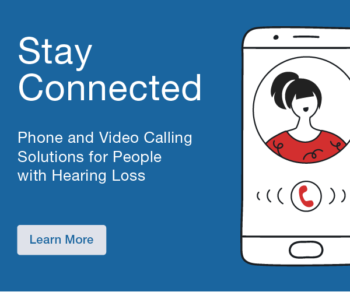For decades, pure-tone audiograms and quiet speech recognition tests have been the cornerstone of audiometric assessment. However, in real-world settings, our patients rarely experience listening in quiet environments. Complex listening situations require individuals to process degraded auditory input using spectral, temporal, and cognitive processing. These abilities further degrade with advanced age. Even when speech is audible, patients with poorer spectro-temporal resolution or reduced cognitive capacity face increased communication challenges. Recent research also indicates that these individuals may be at higher risk for cognitive decline. This presentation will explore how the abilities of the listener–including hearing loss, suprathreshold resolution, and working memory–influence hearing aid outcomes and communication, especially in noise; and how that research evidence translates to clinical fittings. We will also discuss the practical considerations of incorporating precision assessments into clinical practice. The overall goal of this work is to better understand individual variability among older adult listeners in order to inform individualized hearing treatment.
Learning Objectives:
- Define cognitive abilities that are relevant to communication.
- Describe how poor spectro-temporal processing affects speech recognition.
- Describe how individual auditory and cognitive abilities influence hearing aid outcomes.



